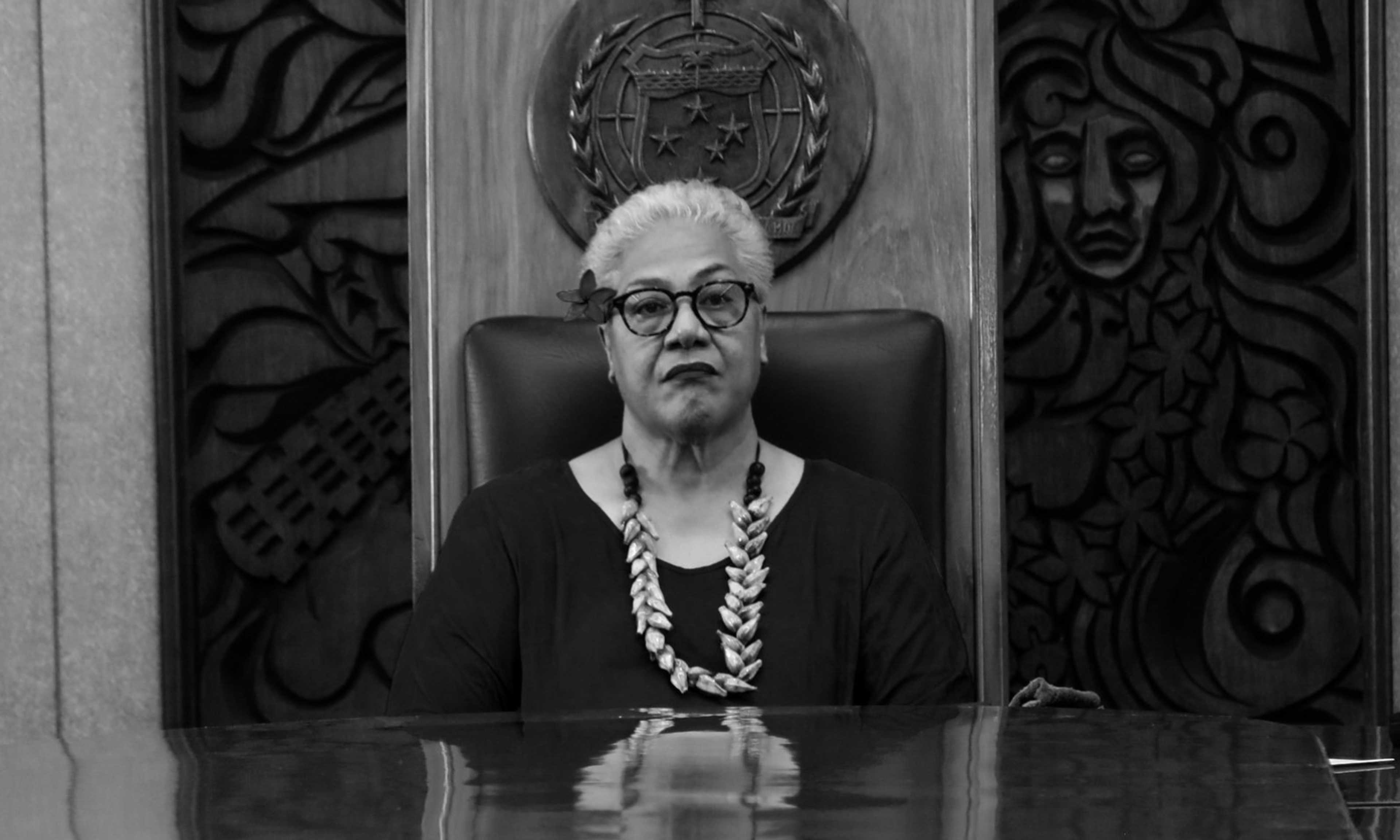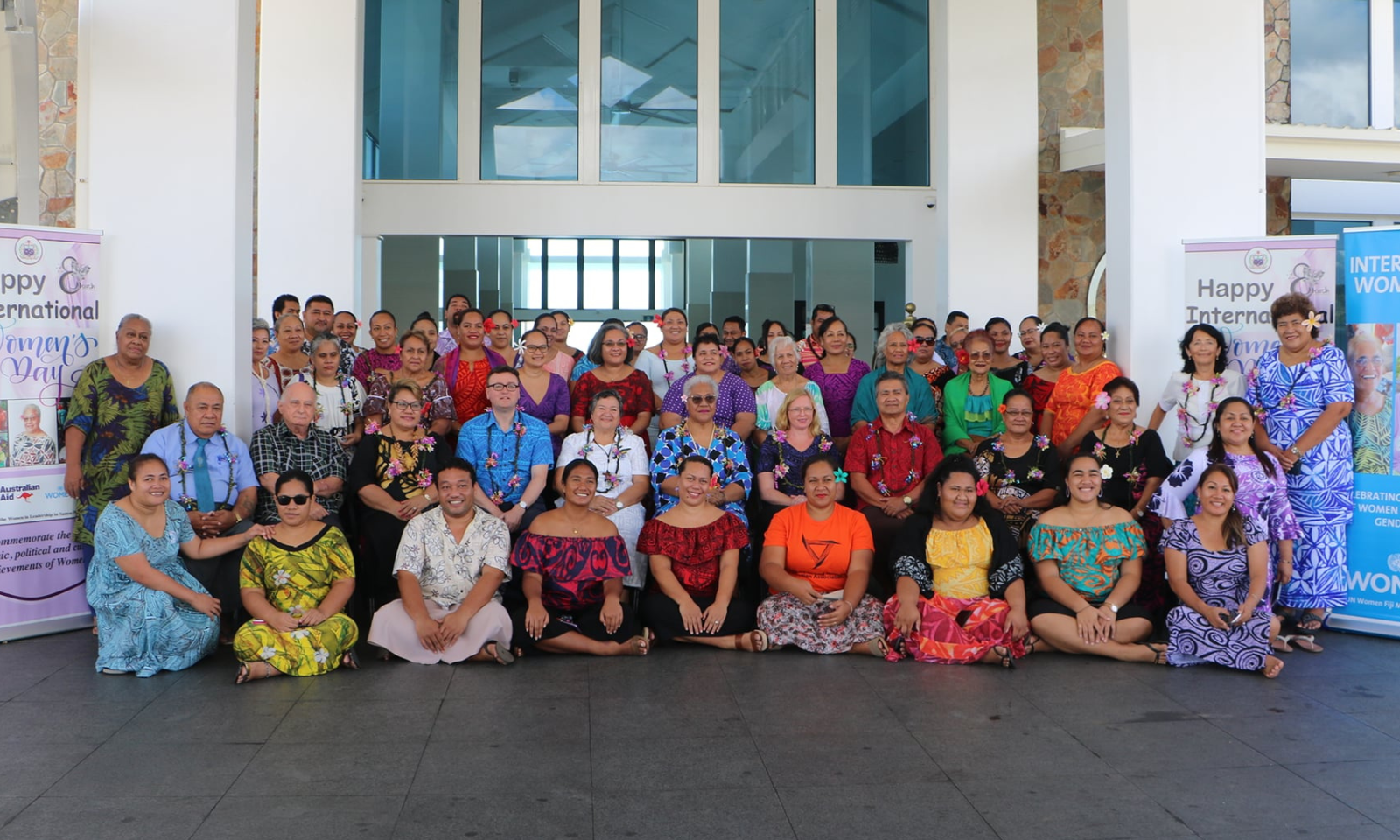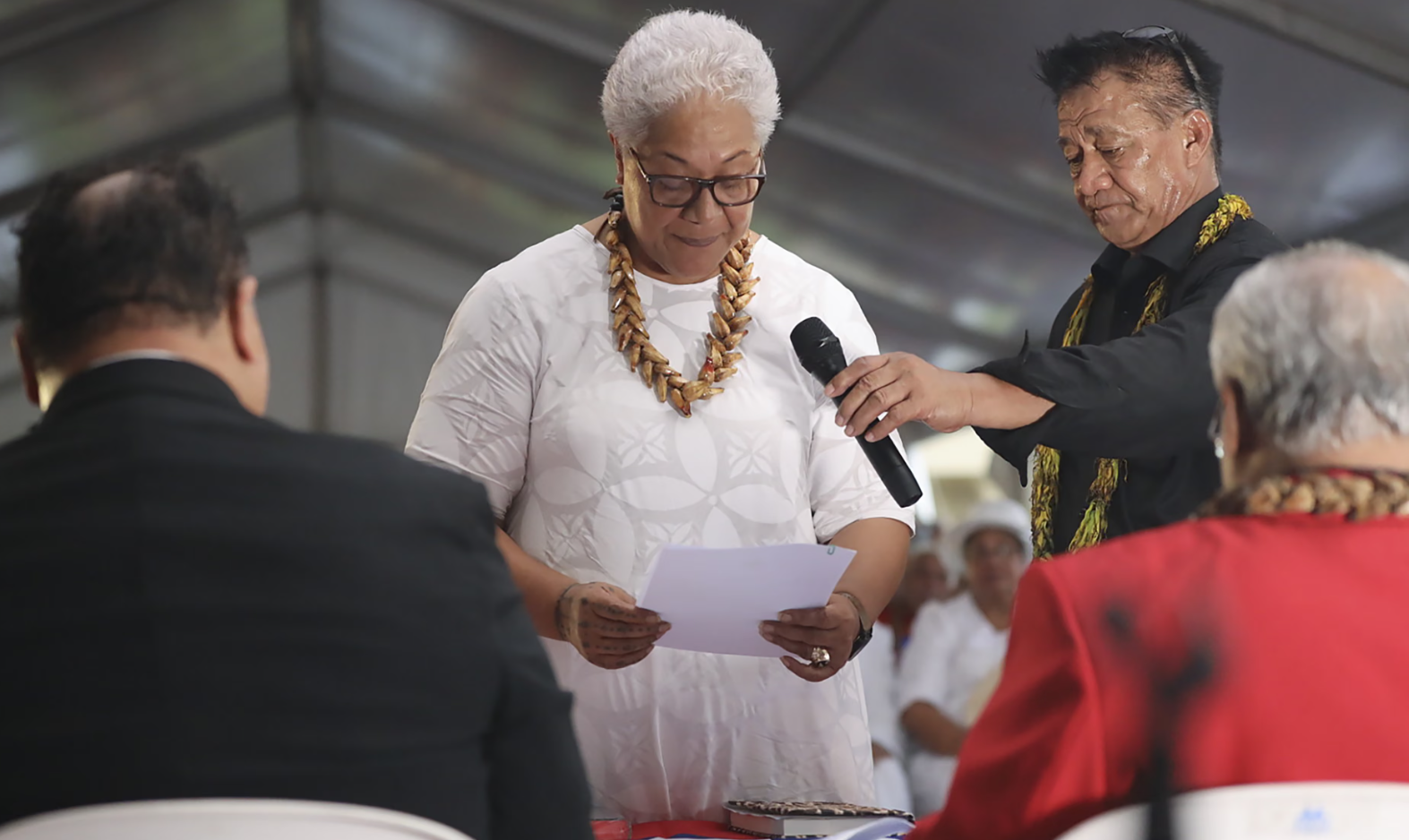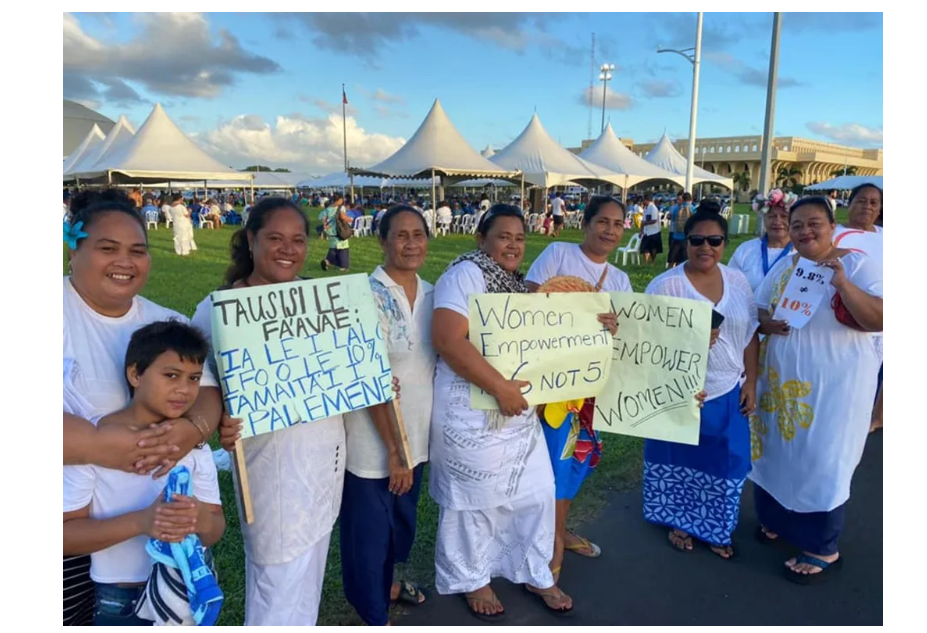

Only three women have put their hands up to contest the August elections under Fiame's Sāmoa Uniting Party.
Photo/Galumoana NZ/Facebook
Challenges persist for Sāmoan women despite historic political gains
The push for equality in the Legislative Assembly continues amid ongoing debates over proposed changes to the existing gender quota.


Heaven is real, Hell isn’t: My spiritual journey through ego, love and seeking out peace




Heaven is real, Hell isn’t: My spiritual journey through ego, love and seeking out peace


Sāmoa’s first female Prime Minister, Fiamē Naomi Mata‘afa, is one of only three women contesting next month’s general election under her new political banner, the Sāmoa Uniting Party (SUP).
Her former party, Fa’atuatua i le Atua Sāmoa ua Tasi (FAST), is fielding six women candidates, while the opposition Human Rights Protection Party (HRPP) has nine women running.
Even following Sāmoa’s landmark 2021 election, which brought Fiamē to power and ended nearly four decades of HRPP rule, women remain significantly underrepresented in national politics.
The gender imbalance in parliament has been a national debate topic since 2013, when a constitutional amendment established a 10 per cent quota for female representation.
Since then, the numbers have fluctuated - from six per cent in 2011, rising to 10 per cent in 2016, and dropping to eight per cent in 2021. As of this year, women make up just 13 per cent of Sāmoa’s Legislative Assembly.
Structural barriers continue to limit women’s access to political leadership. A key requirement for parliamentary candidates is to hold a matai (chief) title. Yet only 22 per cent of matai in Sāmoa are women, as reported in the government’s second Voluntary National Review on progress towards the Sustainable Development Goals.

A Women in Leadership Project in Sāmoa aims to increase participation numbers for women in politics. Photo/WILS Project
The United Nations Development Programme has described Sāmoa’s matai system as a “significant barrier” to women’s participation in political decision-making.
Public opinion, however, appears to support increased female representation.
The 2021 Pacific Attitudes Survey reported strong national support for women’s political participation, including backing for temporary special measures and the principle of equal involvement in politics.

Despite low numbers of women in parliament, Fiamē has introduced a bill that will limit the powers of women in the legislative assembly. Photo/Anetone Sagaga
At a Commonwealth event in 2023, Fiamē says Sāmoa must work towards 50 per cent representation of women in parliament.
“This requires challenging the cultural impediments and social conditioning to create a more supportive environment for women to participate in politics.
“Doing so is important because there is a direct correlation between the level of women’s representation in leadership and the level of national development.”

A march for women after the last election, in support of additional seats in Parliament for women. Photo/HRPP
But the future of Sāmoa’s gender quota remains uncertain.
In 2023, a special parliamentary committee reviewed a commission of inquiry report that recommended removing the 10 per cent quota as outlined in Article 44 of the constitution. The review led to a controversial bill, signed by Fiamē in 2025, which proposes new restrictions for women in parliament.
The bill, now awaiting its final reading in parliament, proposes replacing the current percentage-based quota with a fixed number, ensuring a minimum of six women in the Legislative Assembly. Crucially, it also removes any constituency affiliation for women elected under the provision, meaning they would not represent a specific village or have access to a district development office (fono fa’avae) and its associated resources.
Watch Fiamē Naomi Mata'afa on Tagata Pasifika.
While the 2021 general election marked a turning point for women’s political leadership in Sāmoa, structural and cultural challenges remain.
Across the Pacific, countries continue to rank among the lowest in the world for female representation in national parliaments.
According to statistics from UNDP’s Pacific Women in Politics, Sāmoa’s 13 per cent figure places it second in the region, behind the Federated States of Micronesia, which stands at 21.4 per cent.